Difference Between HRIS And HCM: Navigate HR Solution
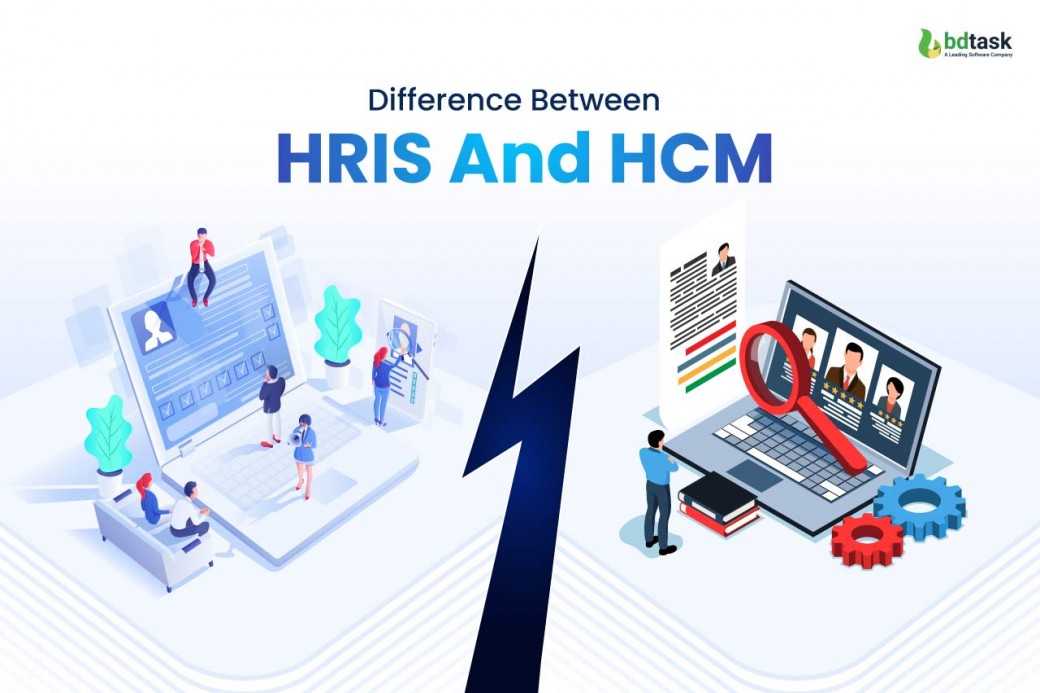
Recently, digitization has revolutionized the total process of managing employees. Previously, we have seen how HR managers stressed out while managing employees and other tasks around maintaining them.
Now, almost every small, medium and large company has HRIS or HRMS or HRIS solution, which helps an HR manager tackle all the tasks associated with employees, such as employee attendance, payroll, leave tracking system, account management, expense report, recruitment process etc.
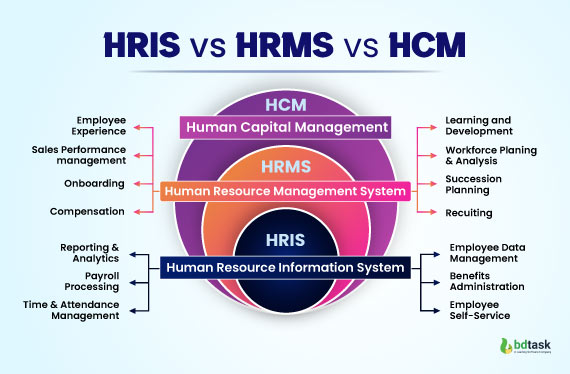
But if you think HRIS, HRMS, and HCM are different or interrelated, then you are wrong. All these three terms define the same concept but with a subtle difference between HRIS and HCM, HRMS. Previously, HR used to utilize HRMS; later, it evolved into more data-focused management HRIS, which assists in constructing proper strategic decisions and then transforms into customer-focused HCM.
What Is HRIS In HR?
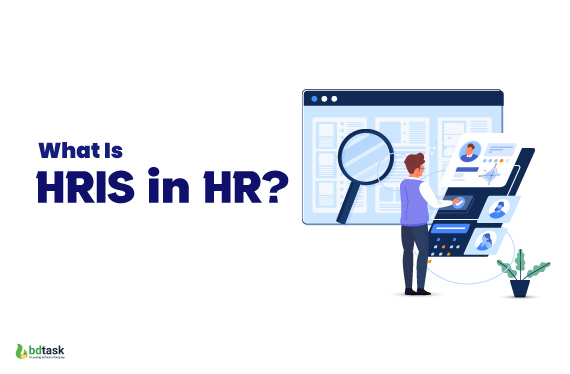
HRIS in HR is a human resource information system; this system is designed to streamline the operation and also manage the human resource of the organization.
Using this HRIS software, an organization can keep track of all the data-related information of human resources within a company. HRIS solution facilitates organizations to track employee working hours, employee absenteeism, sick leaves, casual leaves, and recruitment process.
Major factor HRIS in HR covers are:
- Applicant tracking
- Payroll process
- Compensation management
- Attendance management
- Employee benefits
- Track the workflow of employees
- Self-service portal
Key Functions of HRIS:
- Core HR changes, change name, change address
- Change requests of any kind
- Employee Lifecycle Change
- Employee Database records
- Employee Self Service
- Applicant tracking
- Onboarding, Offboarding
- Payroll functions, leave requests, leave projections
- Timesheets
What Is HCM In HR?
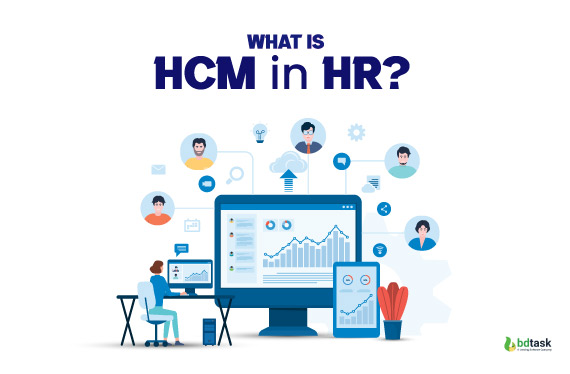
HCM suite brings together all the best practices of HR and supporting technology to facilitate them. HCM in HR, human capital management, conveys an overall management procedure or strategy a company follows to manage the most crucial resource, which is humans. HCM is a human resource-centered approach focused on achieving companies' competency through workforce acquisition, management and optimization.
With the assistance of the HCM solution, organizations get the ability to report and analyze human resource data so that they can make better strategic decisions. HCM in HR includes important activities such as recruitment, performance management, payroll etc.
Key Function Of HCM Functions Include:
- Full employee lifecycle and planning
- Onboardings & offboarding
- Performance Review
- Recruitment
- Salary Reviews
- Learning and development
- Succession Planning
- Strong business rules-driven workflow
- Engagement
- Recognition
- Workforce planning
3 Important Factors of HCM in HR
- Talent Acquisition
- Recruitment
- Application Tracking System
- Onboarding
- Talent Management
- Time And Attendance
- Payroll
- Performance Management
- Culture-Building
- Talent Optimization
- Career Pathing
- Competency Mapping
- Succession Planning
- Learning And Development
Unveil The Difference Between HRIS and HCM
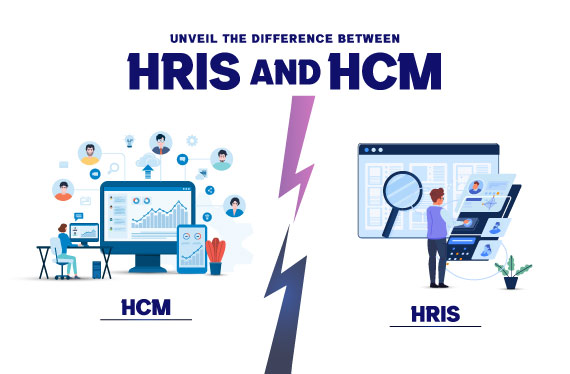
Of course, HRIS and HCM are elements of HR management software, but HCM is the most comprehensive HR solution compared to HRIS and HRMS. HCM solution includes all the features of HRIS.
HCM is the most widely and strategically focused HR solution compared to HRIS because HCM comes up with extra performance management, learning management, recruiting, and onboarding.
Moreover, HCM allows data integration from various sources, which supports developing the strategic goal using advanced quantitative and qualitative analytics. HCM is essential for those companies who want to encourage their human capital assets for maximum output. The main target of the HCM solution is to ensure the growth of both the organisation and its employees.
Below you’ll find the core difference between HRIS and HCM; discover the subtle difference between HRIS and HCM and also which element is most suitable for employee management.
HRIS Vs HCM
HRIS (Human Resource Information System)
- The primary purpose of HRIS is to make the task of HR more accessible and efficient.
- HRIS solution involves payroll process, employee engagement facilities, compliance management and employee shift management.
- A basic HR management system
- Basic reporting features
- Particular focus on the operation
- Have essential HR functions: payroll, benefits administration, and work schedule.
- Training and development
- Self-service portal
- Compensation management
HCM (Human Capital Management)
A comprehensive system includes strategic and technological elements.
- Get a consolidated package of HRIS and HRMS features, budgeting, expense management, and analytical tools to support organizational strategic development.
- Particular focus on HR and strategic plans
- Promote a productive work environment by encouraging employees to advance and grow with business.
- Encourage companies to demonstrate their investment in their employees by promoting good career growth.
- Motivate companies to take skilled development initiatives, ex: work-life balance, technically competent development, and training programs.
- It integrates strategic processes and tasks that help an organization function and evolve as its employees grow.
Solve Your Dilemma Of Which Solution To Choose HRIS Vs HCM
(Key Features Of HRIS vs Key Features Of HCMS)
Obviously, it's a big dilemma which HR management solution to use in your organization to manage your employee. HRIS, HRMS, OR HCM, whatever HR management solution you prefer, every HR management system is suitable for supervising employees.
To solve the biggest dilemma of which HR solution to choose, we'll compare HRIS vs HCM features.
Key Features Of HRIS
HRIS solution offers all the core HR administrative facilities needed to handle the organization's employees.
- Core HR management solution: Have all the essential HR functions—ex: documentation management, employee self-service portals, HR workflows, and compliance monitoring.
- Benefits administration: Arrangement of employees' benefits, open enrollment, and third-party benefit services.
- Payroll process: Automation calculation of payroll taxes, wage garnishment
- Tracking schedule: shift management, schedule management, no of leaves
- Recruiting procedure: handle the whole employee recruiting process, from interview session, onboarding to employee development.
- Advanced HR Analytics: HRIS solutions have some particular automatic employee reporting analytics using which HR can monitor employee attendance, performance and KPIs.
- Employee experience tool: This tool records the number of years of employee experiences, peer-to-peer recognition, employee surveys, and social, collaborative activities.
Key Features Of HCMS
HCMS offers a complete HR management solution that includes traditional HR technologies (payroll processing, benefits administrations) and integrates with innovative strategic processes (succession planning, performance management, employee sentiment analysis).
- Administrative task: maintain smoothness on every operational task
- Workforce management: bear labor costs and reduce compliance risk
- Talent management: recruit, train, and retain high-performer employees.
Concluding Difference Between HRIS and HCM
HRIS and HCM are integral tools that aid organizations in managing their workforce efficiently. While they share common objectives of streamlining HR processes, enhancing employee experiences, and optimizing organizational performance, there is still a tiny difference between HRIS and HCM.
HRIS primarily focuses on digital employee data management, automating administrative tasks such as payroll, attendance, and benefits administration. HRIS is crucial for maintaining accurate personnel records, ensuring regulatory compliance, and facilitating routine HR operations.
In contrast, HCM goes beyond the confines of data management and extends its reach to strategic human capital management. HCM aligns HR strategies with business goals, promoting a comprehensive approach to human resource management and fostering the result of a skilled, engaged, and high-performing workforce.










